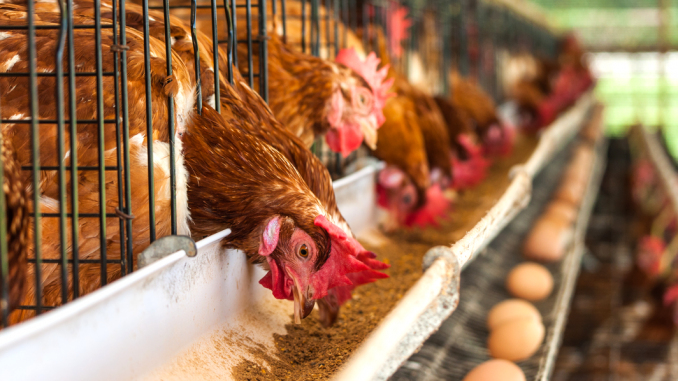The use of chicken cages to raise chickens is a popular chicken raising method in the chicken industry. The chicken cages are raised in a multi-layer cage. The breeding density is large and the number is large. It is very popular among farmers, using chicken cages to raise chickens, and which are Need to pay attention to the chickens to pay attention to the matter, only pay attention to all aspects of feeding points, scientific and reasonable breeding can be able to raise the higher yield of the chickens, the following authors to tell the majority of farmers to use the chicken battery cages in spring Chicken's precautions.
1. Humidity
Relative humidity is preferably 60% to 70%. Higher humidity is beneficial to the survival and reproduction of microorganisms. If accompanied by low temperature, it will increase the risk of low temperature. When the humidity is low, the chicken house is dry, which is easy to induce respiratory diseases of the chicken. Especially when the chicken is in a dry environment for a long time, it may cause dehydration and weakness. Therefore, we must pay attention to the adjustment of the humidity of the house. In winter, the litter is relatively dry and should be sprinkled or spray disinfected frequently.

2. Temperature
The suitable temperature for laying hens is about 20 °C, and the minimum should not be lower than 13 °C. If the temperature inside the house is not up to the required temperature and the temperature difference is too large, it is necessary to manually increase the temperature and keep it as relatively stable as possible.
3. Harmful gas
The most harmful gas to chickens is ammonia, which stimulates the sensory organs of chickens, induces respiratory diseases, and reduces feed efficiency. When you enter the house, you can smell the smell of ammonia, indicating that the ammonia in the house has already exceeded the standard. Chicken houses that are warmed by coal stoves should be protected against carbon monoxide poisoning. When the harmful gas is excessive, take appropriate measures immediately, such as increasing the ventilation volume and changing the litter, so as to reduce and eliminate the harm to chickens.
4. Ventilation
When the air in the morning is relatively dirty, if it is necessary to increase the ventilation, it should be gradually increased. It is best to carry out at a high temperature at noon. It is better to use a shorter ventilation time and multiple passes. If the chicken is found to be disease-free, snoring and breathing, the dust in the house is full and the odor is very strong, indicating that the air in the house is extremely dirty, and ventilation should be strengthened immediately. However, to prevent thieves, it is common to install elbow-type ventilation on the leeward wall to prevent the chickens from being directly exposed to the wind.
